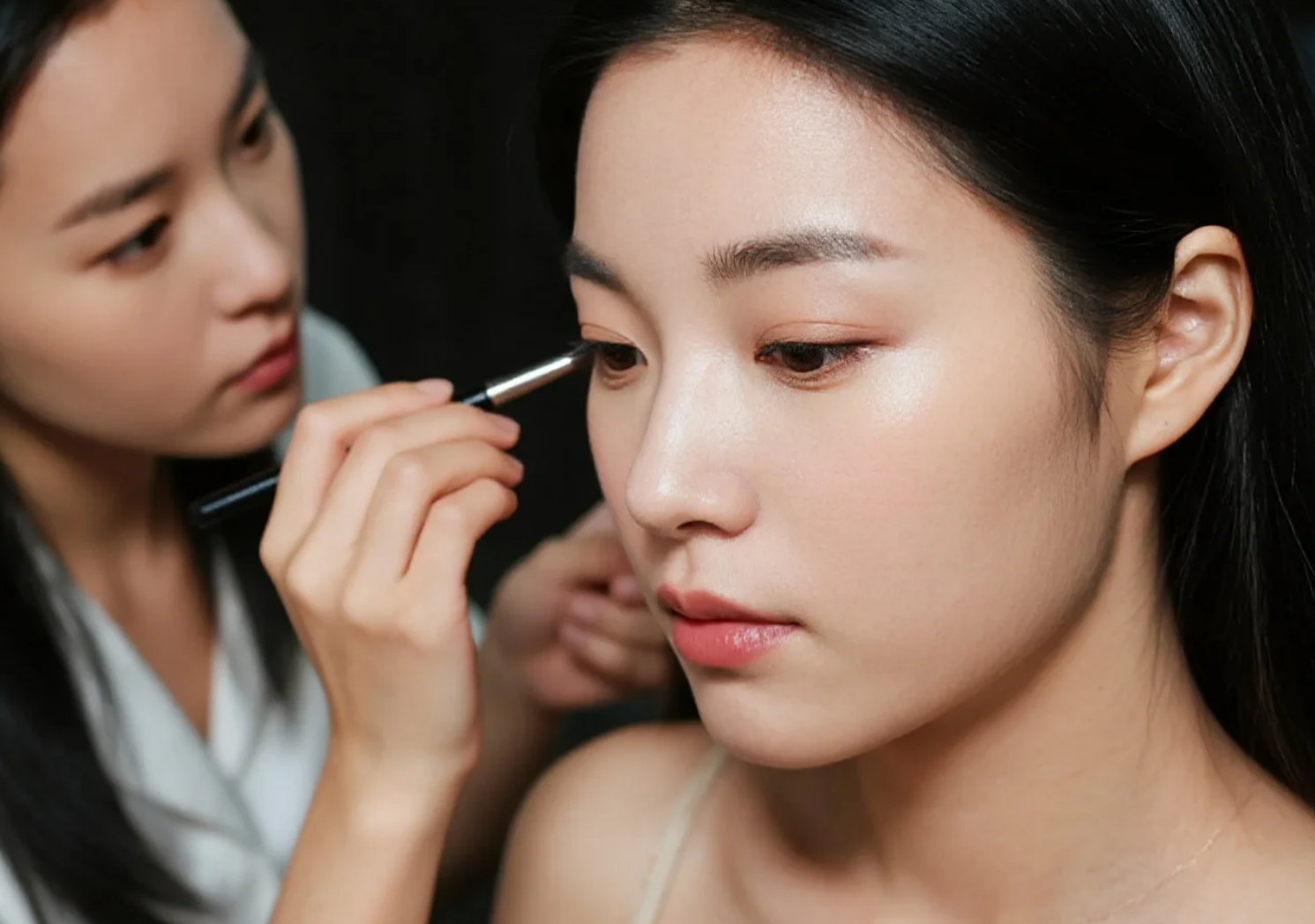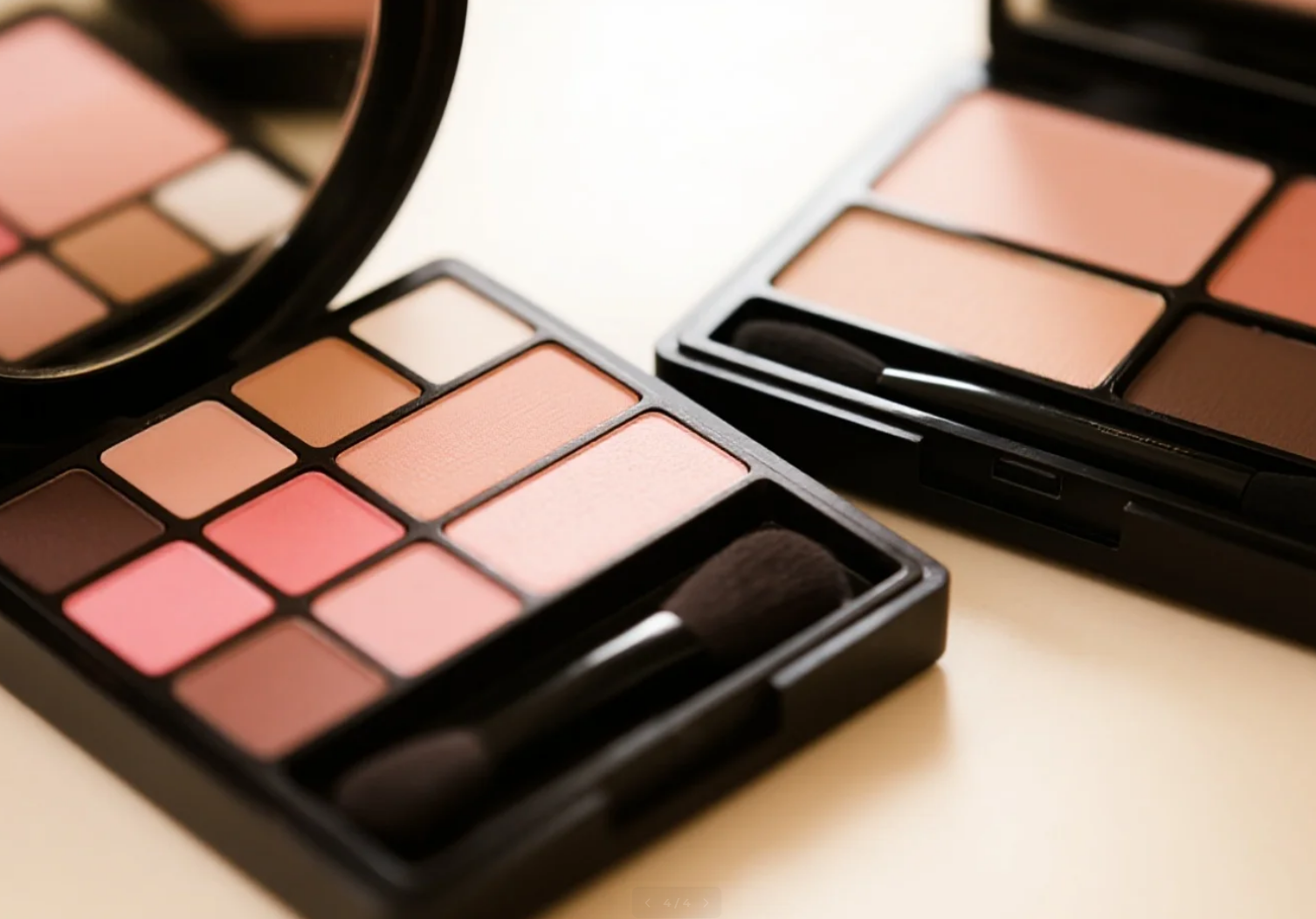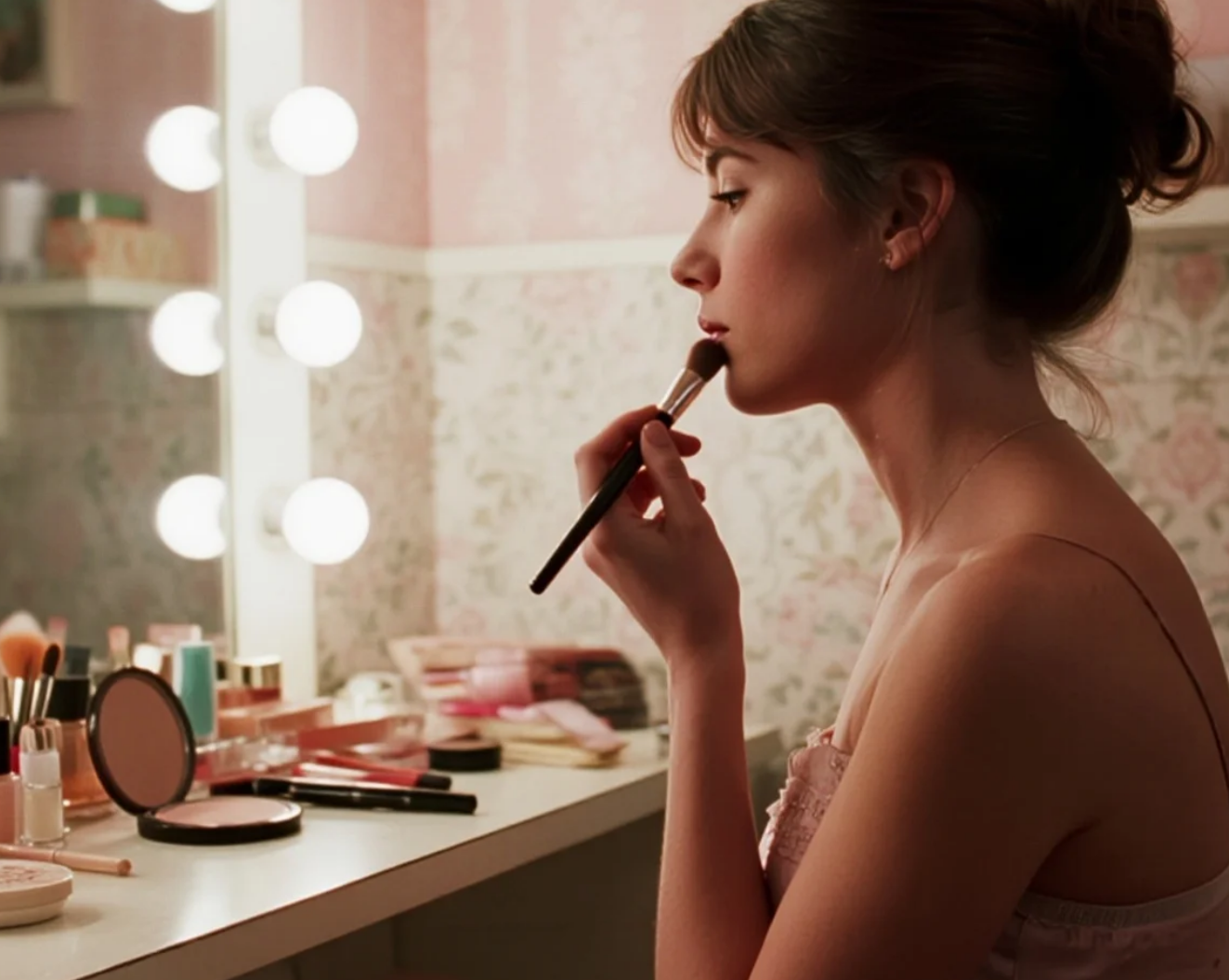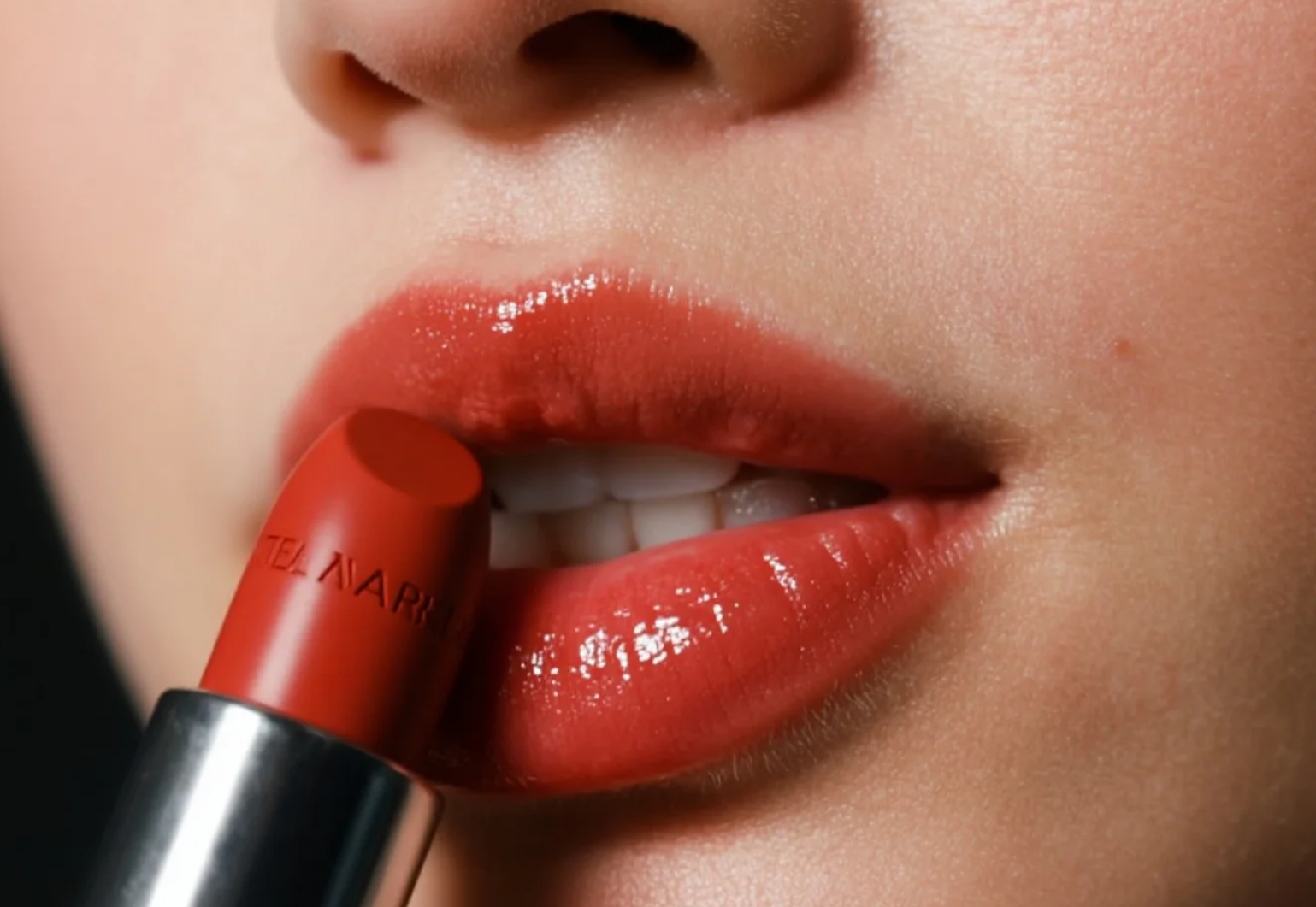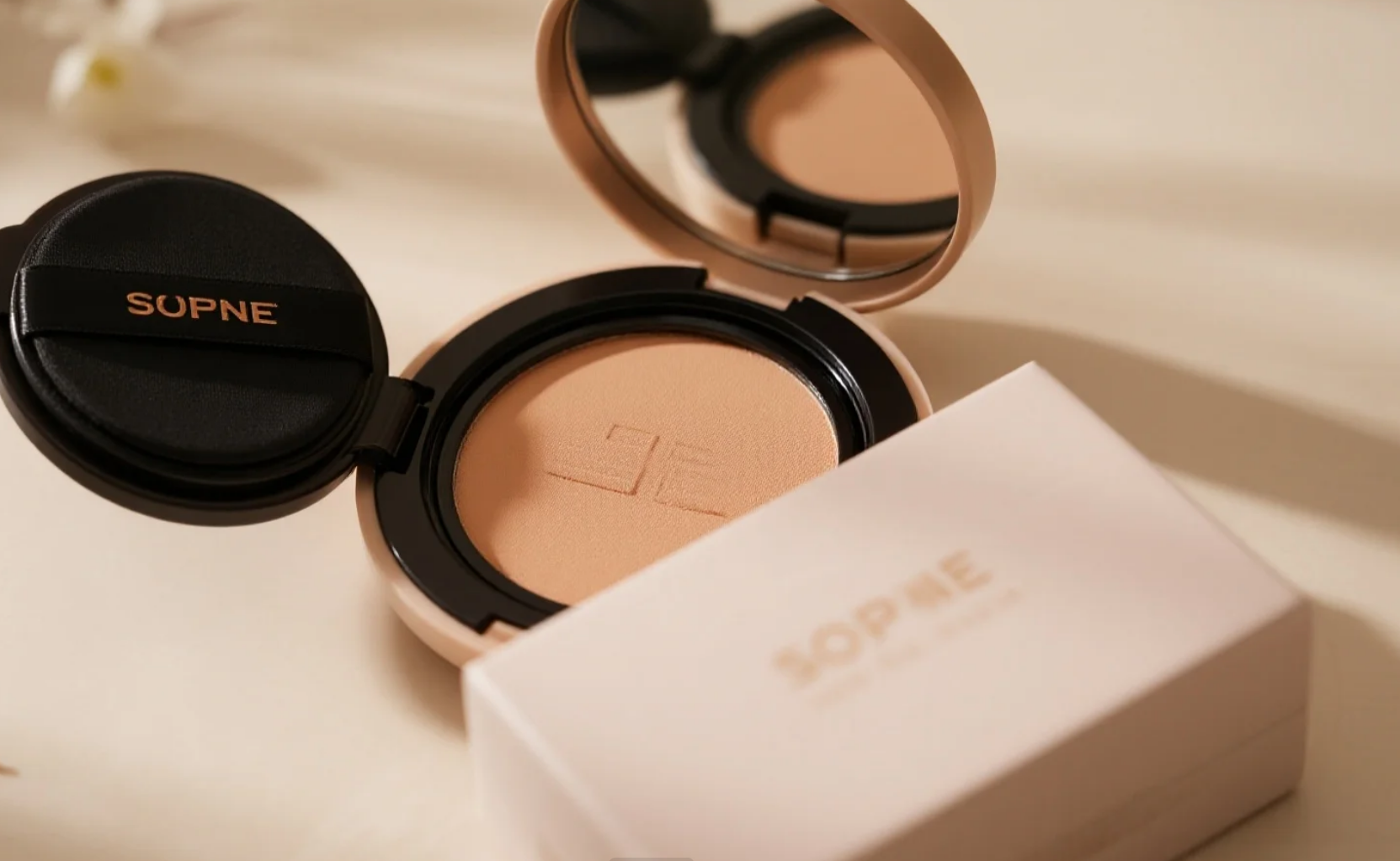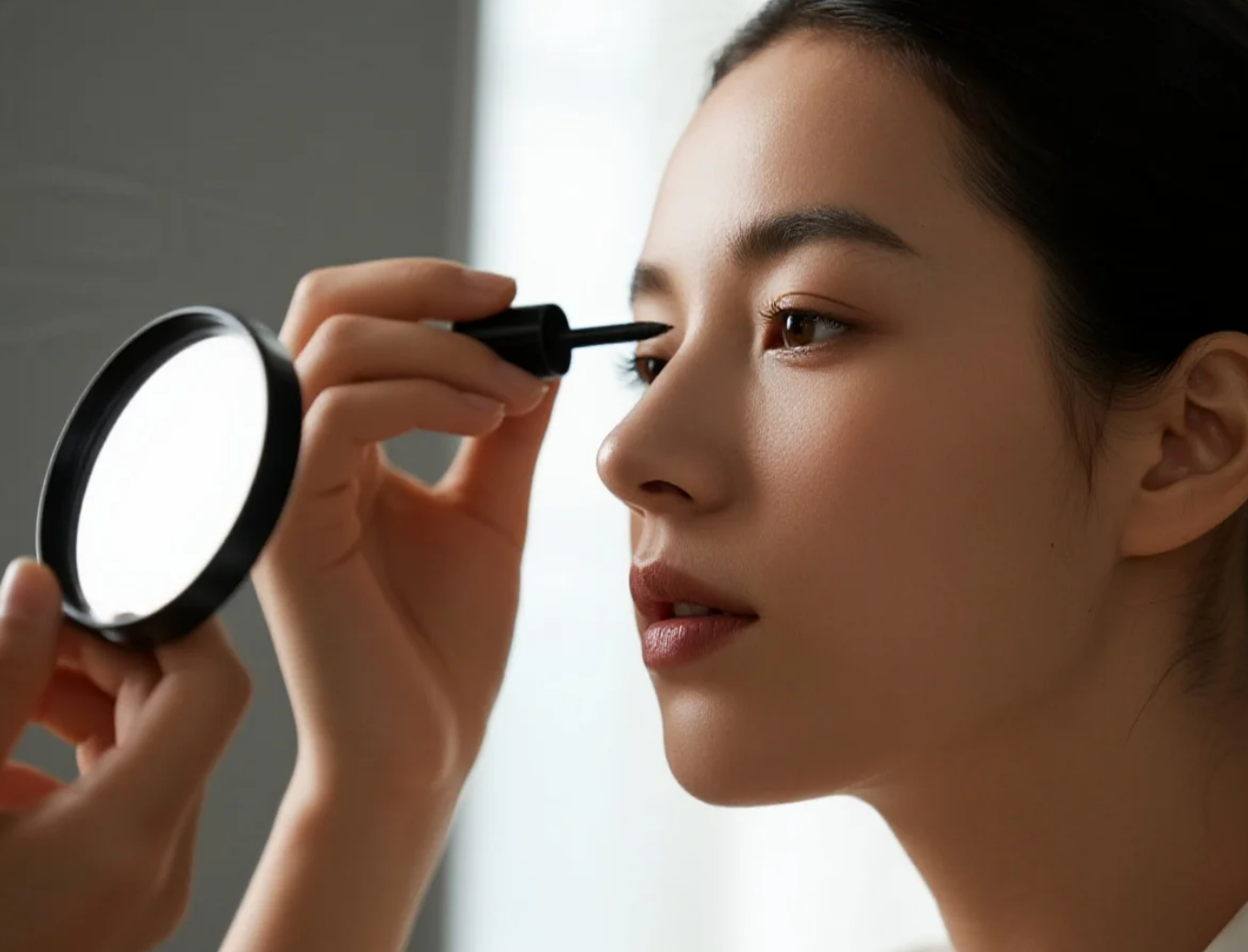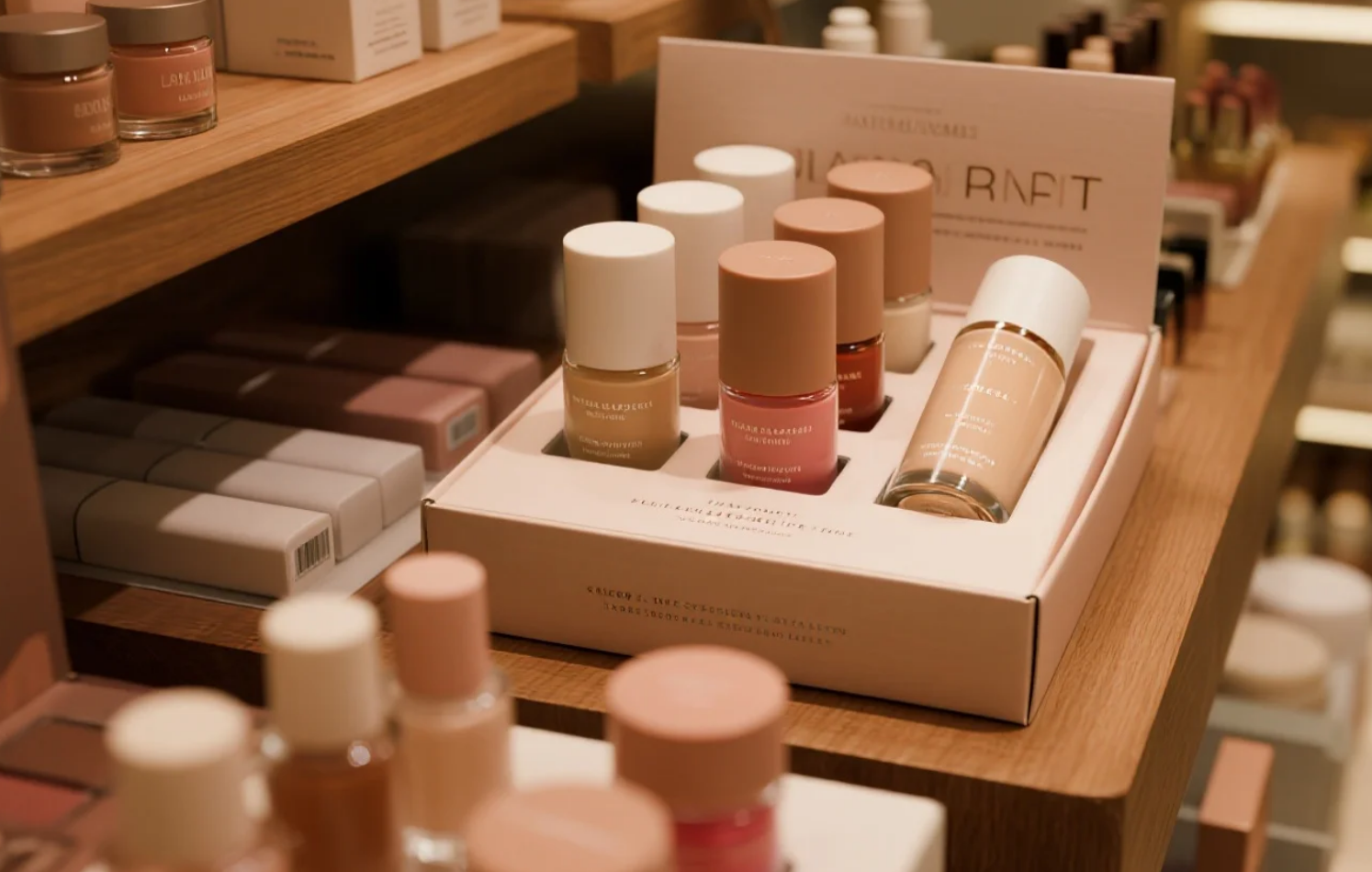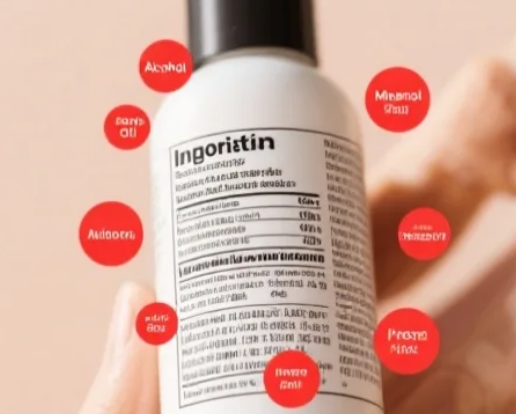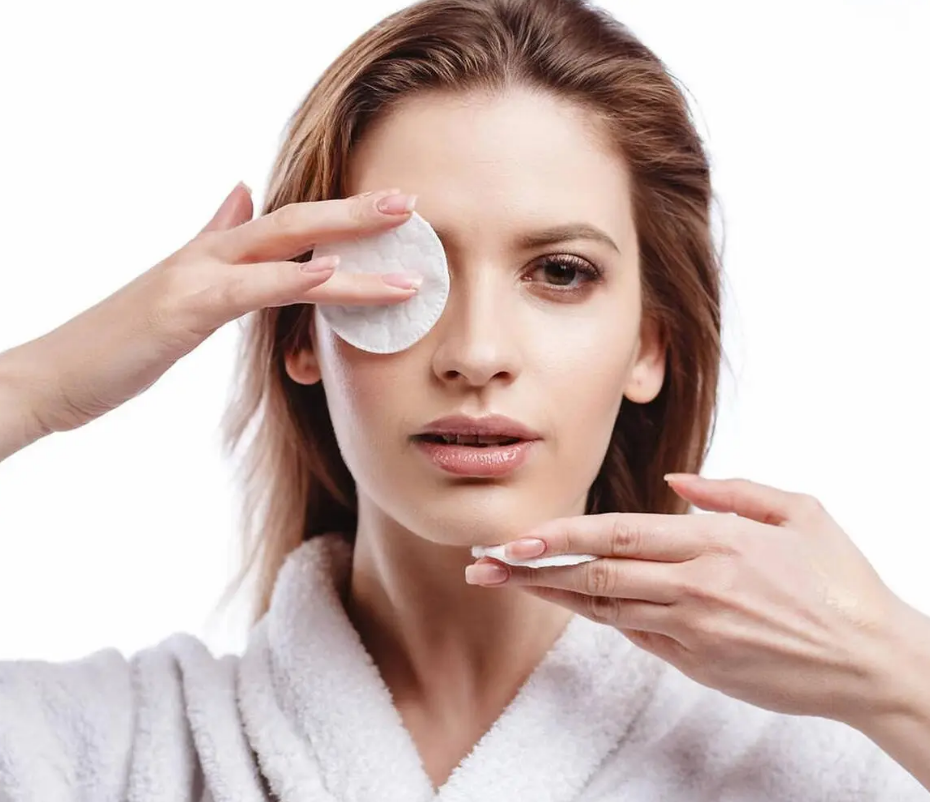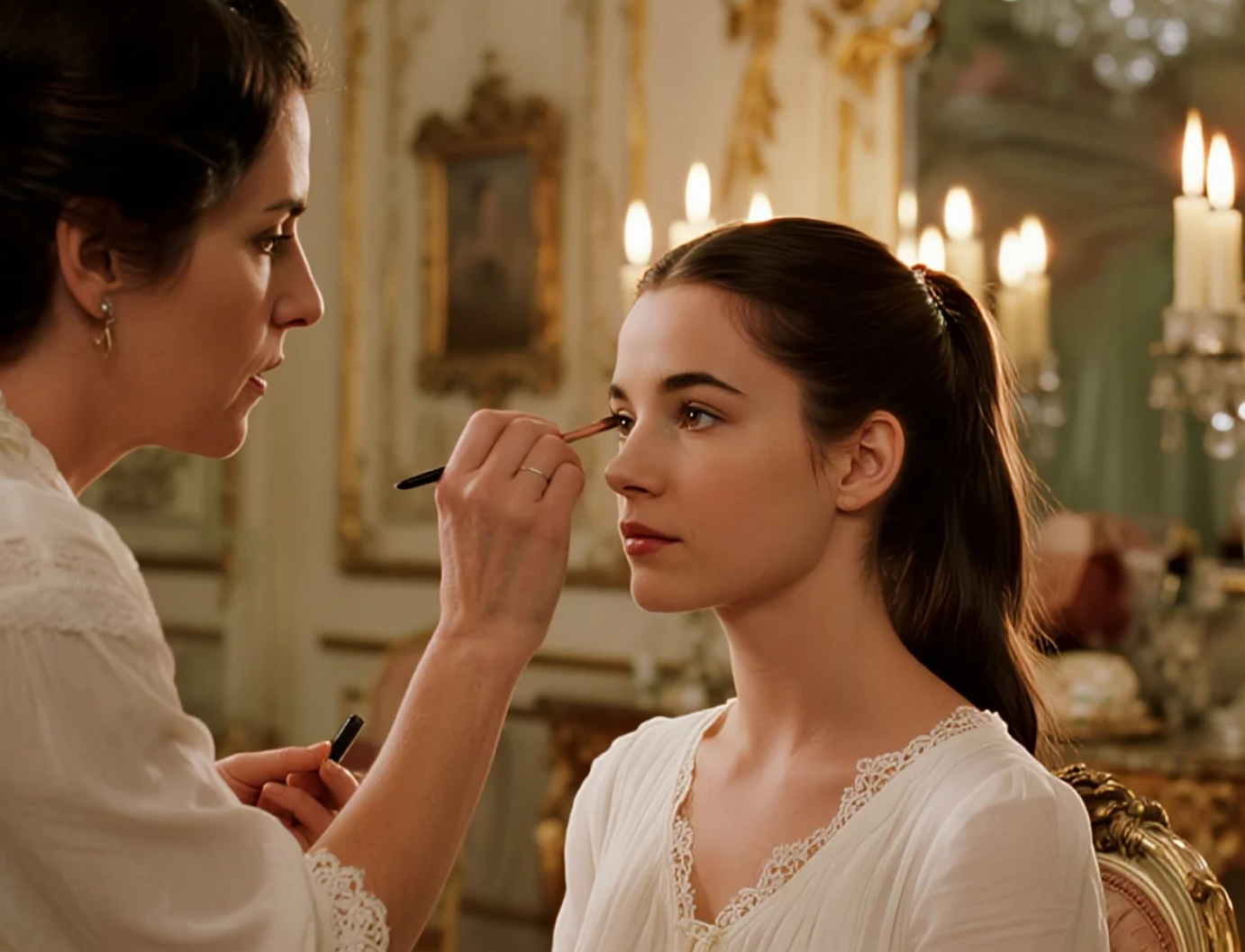Elegance-enhancing makeup: A beauty tool for enhancing your "first impression"
In this age of information overload, our first encounters with others often last only a few seconds, yet the "first impression" formed in these few seconds can have a profound impact. Psychological research shows that the human brain forms an initial judgment about a stranger in just seven seconds, often based on visual cues rather than rational analysis. Elegance-enhancing makeup capitalizes on this human trait, giving you an advantage from the very beginning of interpersonal interactions through carefully designed makeup strategies. It's more than a simple "beauty enhancement" technique; it's an art of visual communication that integrates psychology, color science, and social intelligence.
Lin Xi's story vividly illustrates the magic of elegance-enhancing makeup. As a senior account manager at a public relations firm, she repeatedly faced setbacks in important bidding due to a lack of "first-look credibility" until she discovered that makeup could enhance her professional image. By adjusting her eyebrow shape to enhance her authority and using desaturated colors to enhance her approachability, she successfully translated the advantages of her proposal into client perception. This transformation reflects a harsh reality of the modern workplace: proving your abilities takes time, and your personality determines whether others are willing to give you that time. The ingenuity of appearance-enhancing makeup lies in its ability to optimize how others perceive you without altering your essence. As one image consultant put it, "Makeup isn't about disguise; it's about allowing your true value to be seen."
Controlling the center of gravity of the face is the core technique of appearance-enhancing makeup. Our face is like a dynamic painting, with different areas conveying distinct emotional language. The "T-zone theory" in psychology states that people instinctively focus on the triangle between the eyebrows and eyes, which determines 80% of our perception of appearance. Tech founder Chen Ming successfully portrayed himself as a "reliable decision-maker" during roadshows by enhancing the bony arch of his brows and the clarity of his eyes. This "visual guidance" technique is also applicable in everyday situations: teachers can convey approachability through soft brows, while salespeople can enhance focus with inner lash line liner. It's important to note that adjusting the center of gravity of the face should adhere to the principle of "natural enhancement," just as a good designer doesn't alter the structure of a building, but rather highlights its most beautiful lines through light and shadow.
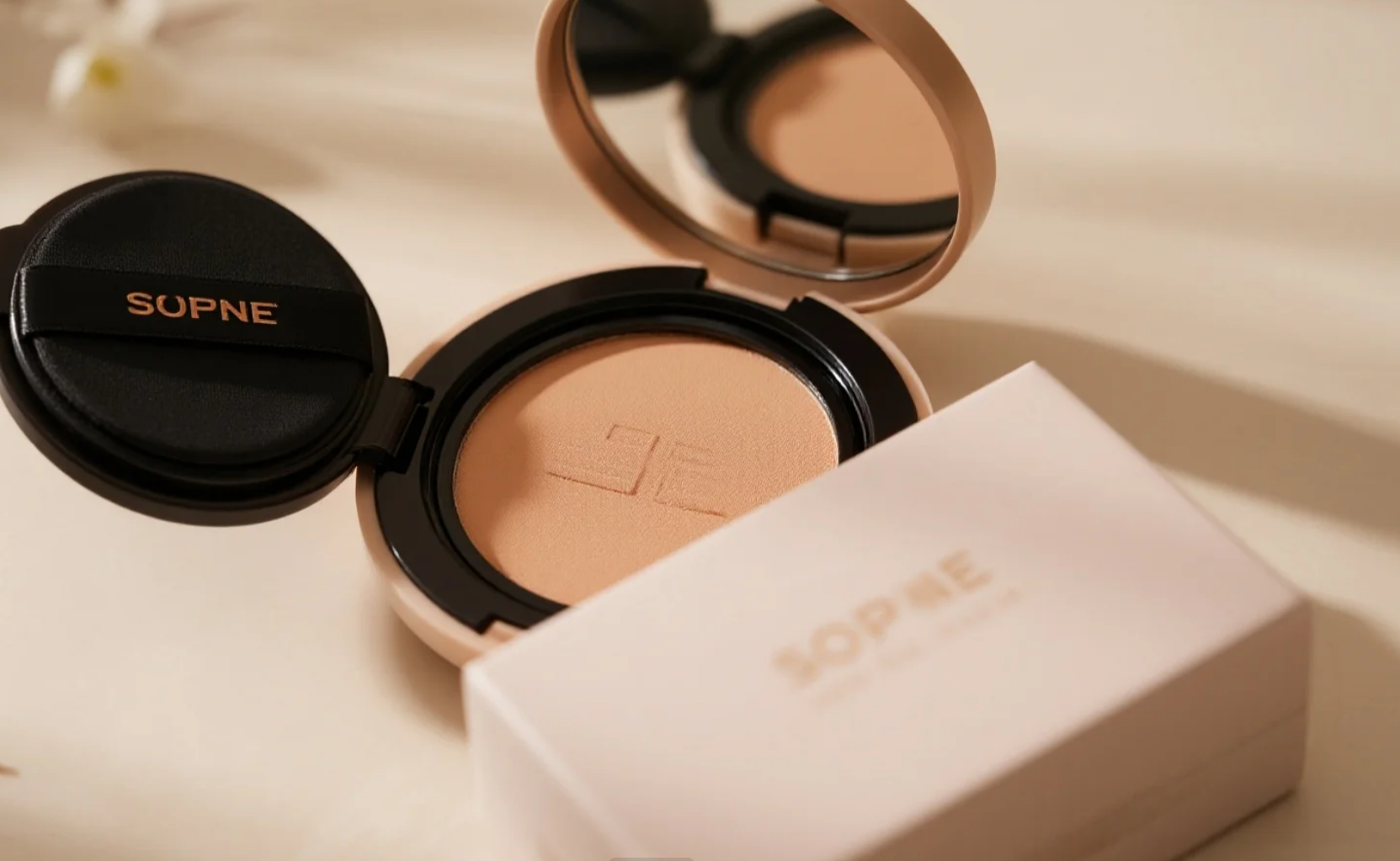 Color selection is another key element in appearance-enhancing makeup. Research in color psychology shows that different hues trigger different emotional responses in the brain. Freelance writer Li Ting's experience is quite representative: when she switched from a sweet pink to a more academic gray-brown, her research team's assessment of her professionalism immediately improved. This shift stems from the "emotional encoding" of color: earth tones activate rational cognitive processes, while highly saturated colors trigger emotional responses. The "bean paste color effect" in the workplace is even more striking: one company's test found that sales representatives wearing bean paste-colored lipstick had 37% higher customer trust than those wearing bright red. This doesn't deny the beauty of bright colors, but rather emphasizes the need for stylish makeup to be adaptable to the specific situation, just as a good speaker adjusts their tone to the audience.
Color selection is another key element in appearance-enhancing makeup. Research in color psychology shows that different hues trigger different emotional responses in the brain. Freelance writer Li Ting's experience is quite representative: when she switched from a sweet pink to a more academic gray-brown, her research team's assessment of her professionalism immediately improved. This shift stems from the "emotional encoding" of color: earth tones activate rational cognitive processes, while highly saturated colors trigger emotional responses. The "bean paste color effect" in the workplace is even more striking: one company's test found that sales representatives wearing bean paste-colored lipstick had 37% higher customer trust than those wearing bright red. This doesn't deny the beauty of bright colors, but rather emphasizes the need for stylish makeup to be adaptable to the specific situation, just as a good speaker adjusts their tone to the audience.
Skin texture, as the canvas for enhancing makeup, is often underestimated in its importance. A survey by a top fashion magazine revealed a counterintuitive phenomenon: a naturally textured, luminous foundation is more likely to be perceived as "high-end" than a flawless, "smoothed" finish. This "real aesthetic" reflects the shifting values of modern society: we no longer admire the illusion of flawlessness, but rather carefully curated authenticity. A senior image designer puts it this way: "A good foundation should be like the fabric of a haute couture shirt: crisp and stylish from a distance, yet you can feel the fabric breathe up close." This kind of texture management requires moving beyond "cover-up thinking" and toward "native optimization," just like the professor in the case study, who, by abandoning heavy eyeliner, achieved clearer eye contact.
The most profound value of appearance-enhancing makeup lies in its psychological empowerment. Multiple neuroscience studies have confirmed that when people see themselves meticulously groomed in the mirror, activity in the confidence center of the prefrontal cortex increases significantly. Graduate student Xiaoya's transformation during her interview exemplifies this "battle suit effect": her well-groomed makeup became the psychological fulcrum that helped her overcome her fears. Even more remarkable, this confidence triggers a "social feedback loop"—when you signal confidence, the world responds with a more positive attitude. Sales manager Wang Hao's experience demonstrates this: after he began focusing on image management, not only did his clients' attitudes shift, but his own business mindset shifted from "seeking purchases" to "providing value." This internal shift embodies the profound value of appearance-enhancing makeup, which transcends ordinary makeup. In today's increasingly competitive workplace, appearance-enhancing makeup has become a hidden talent amplifier. A case study involving two analysts at a consulting firm reveals the brutal "halo effect": given similar professional abilities, those with better image management were 42% more likely to secure key projects. This isn't a superficial "judging by appearances" approach, but rather a highly effective pattern of human cognition—we instinctively perceive those who excel at self-management as more reliable in other areas. Especially in knowledge-intensive industries, appearance-enhancing makeup can effectively address the mismatch between competence and image. As one Silicon Valley engineer put it, "My code doesn't speak, but my image speaks for it."
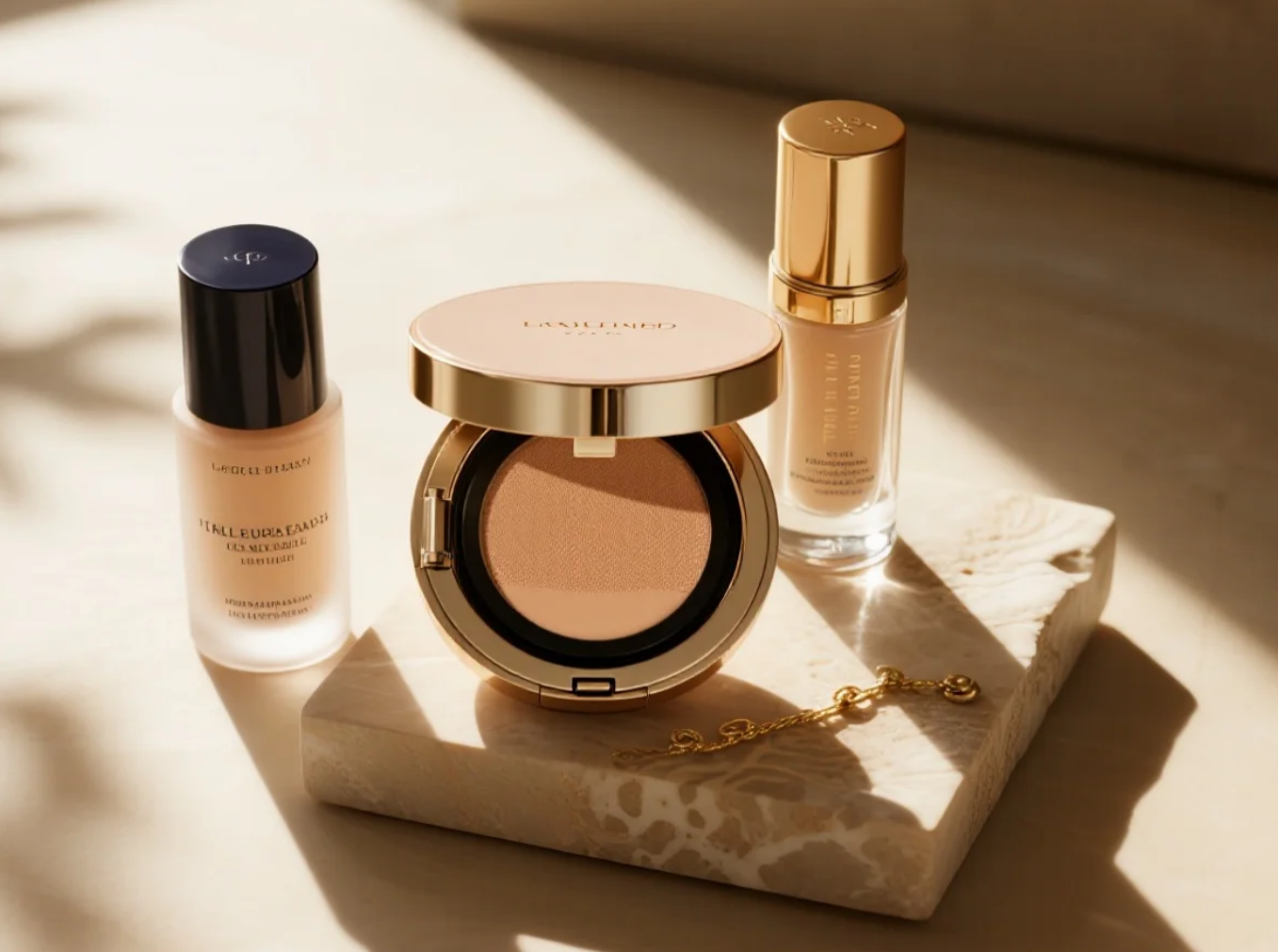 With technological advancements, appearance-enhancing makeup is entering an era of precision. AI facial analysis can determine the most appropriate eyebrow shape for your professional attributes, and biometric sensors can monitor the social impact of your makeup in real time. However, no matter how technology advances, the essence of appearance-enhancing makeup remains unchanged—it's an externalization of self-awareness, a visualization of inner values, and an essential non-verbal communication skill for modern people. Once you master this art, every mirror look becomes more than a makeup check; it becomes a confirmation of your best self to the world. As the image guru said: "True temperament makeup is not about letting others see your makeup, but about seeing the best of you through your makeup."
With technological advancements, appearance-enhancing makeup is entering an era of precision. AI facial analysis can determine the most appropriate eyebrow shape for your professional attributes, and biometric sensors can monitor the social impact of your makeup in real time. However, no matter how technology advances, the essence of appearance-enhancing makeup remains unchanged—it's an externalization of self-awareness, a visualization of inner values, and an essential non-verbal communication skill for modern people. Once you master this art, every mirror look becomes more than a makeup check; it becomes a confirmation of your best self to the world. As the image guru said: "True temperament makeup is not about letting others see your makeup, but about seeing the best of you through your makeup."
